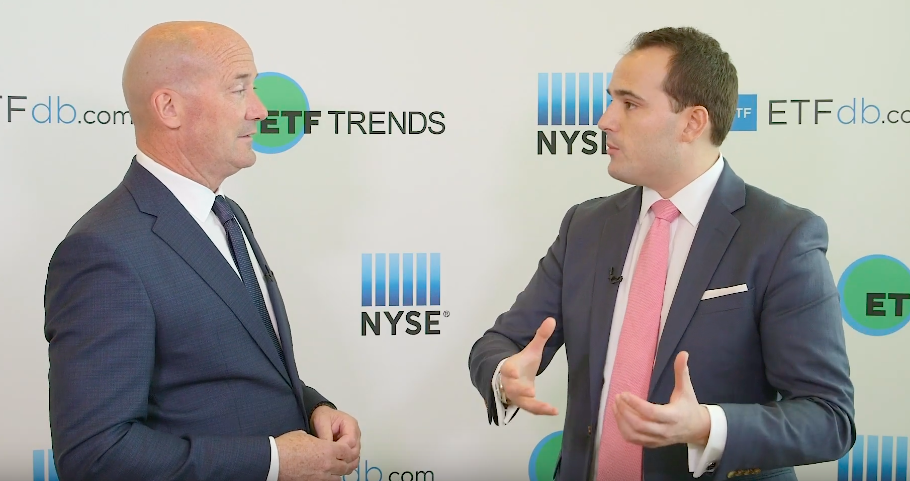In the late market cycle with more frequent swings, investors are looking to minimum or low volatility exchange traded fund strategies to ride out the storm.
As a way to better manage potential market risks down the road, investors may turn to actively implemented quantitative strategies that try to provide better exposure to the changing market conditions. For example, Natixis Investment Managers has come out with the Natixis Seeyond International Minimum Volatility ETF (NYSEArca: MVIN) that have adapted time-tested strategies into dynamic ETF strategies.
“We really like minimum volatility – less sensitivity to the market but you remain invested in equities,” said Alex Pire, Head of Client Portfolio Management for Seeyond, at Inside ETFs.
MVIN focuses on developed markets and try to generate long-term capital appreciation with less volatility than typically experienced by international equity markets – the minimum volatility approach helps diminish portfolio risk.
The international minimum volatility fund utilizes both quantitative and qualitative factors to identify securities with lower volatility and a reduce the ETF’s overall volatility relative to the developed international equity market. The fund managers will screen for volatility of each individual equity security and correlation of each individual equity security to all other equity securities i the investment universe of international developed stocks.
“We look at minimum volatility as a very dynamic factor, and so we look to really move our portfolio through time to follow what is minimum volatility at that particular point in time. Take the beginning of 2018. You want a portfolio that was much more cyclical. By the end of 2018, you want it to be more defensive. So we really look to go wherever minimum volatility lies at that point,” Pire said.
For more ETF-related commentary from Tom Lydon and other industry experts, visit our video category.

